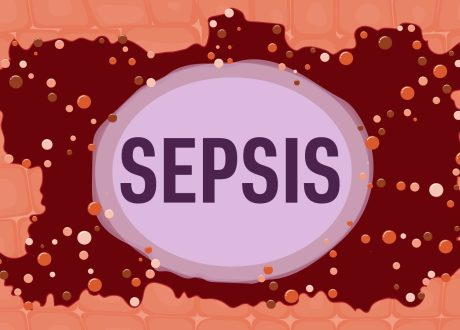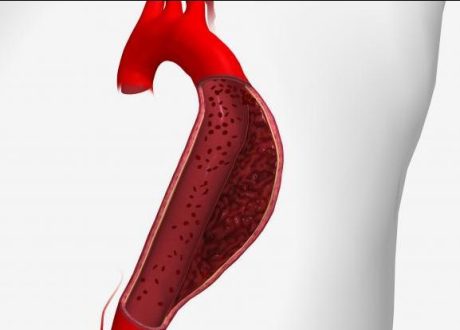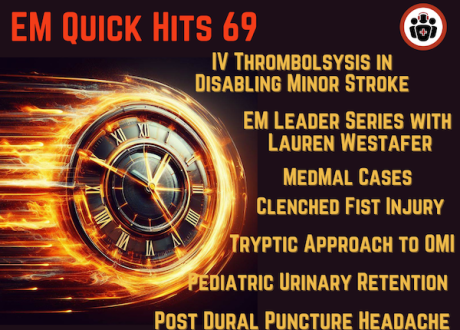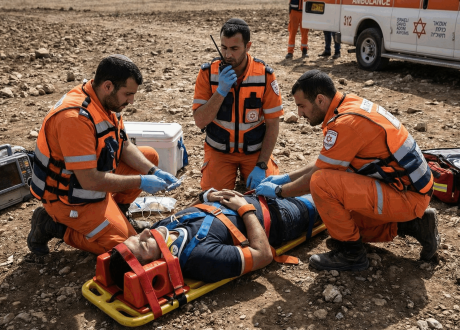TAKE-HOME MESSAGE
- In this multicenter retrospective cohort study, the authors compared¬†the effects of standard-dose venous thromboembolism (VTE) prophylaxis with those of reduced-dose VTE prophylaxis in patients who are critically ill with a body weight of вЙ§50 kg. Although reduced-dose prophylaxis was associated with a significantly lower rate of composite bleeding, the rate of VTE was comparable in both the reduced-dose and standard-dose groups.
- Reduced-dose VTE prophylaxis has the potential to reduce the risk of bleeding without increasing the risk of VTE in critically ill patients with a low body weight.
вАУ¬† Jana¬†Zielonka,¬†MD
ABSTRACT                            
Objective
To compare bleeding and thromboembolic events in low body weight patients receiving reduced-dose venous thromboembolism (VTE) prophylaxis versus standard-dose VTE prophylaxis.
Design
Multicenter, retrospective, cohort study.
Setting
Five Ascension Health Hospitals.
Patients
Adult, critically ill, low body weight (вЙ§50вАЕkg) patients who received either reduced-dose VTE prophylaxis (nвАЙ=вАЙ140) or standard-dose VTE prophylaxis (nвАЙ=вАЙ279) for at least 48вАЕh.
Intervention
Reduced-dose prophylaxis (enoxaparin 30вАЕmg daily or heparin 5000 units every 12 h subcutaneously) or standard-dose prophylaxis (enoxaparin 40вАЕmg daily, enoxaparin 30вАЕmg every 12 h, or heparin 5000 units every 8 h subcutaneously).
Measurements and Main Results
A total of 419 patients were included with a mean weight of 45.1вАЙ¬±вАЙ4.2вАЕkg in the standard-dose group and 44.0вАЙ¬±вАЙ5.1вАЕkg in the reduced-dose prophylaxis group (PвАЙ=вАЙ.02). The primary endpoint, composite bleeding, was significantly lower in patients receiving reduced-dose prophylaxis (5% vs 12.5%,¬†PвАЙ=вАЙ.02). After adjusting for confounding factors, results remained consistent demonstrating reduced composite bleeding with reduced-dose prophylaxis (odds ratio: 0.36, 95% confidence interval: 0.14-0.96). Major bleeding events occurred in 3.6% of reduced-dose patients compared with 8.6% in standard-dose patients (PвАЙ=вАЙ.056). Clinically relevant nonmajor bleeding (5.4% vs 2.9%,¬†PвАЙ=вАЙ.24) and VTE (2.2% vs 0%,¬†PвАЙ=вАЙ.08) events were similar between groups.
Conclusions
A reduced-dose VTE prophylaxis strategy in low body weight, critically ill patients was associated with a lower risk of composite bleeding and similar rate of thromboembolism.








